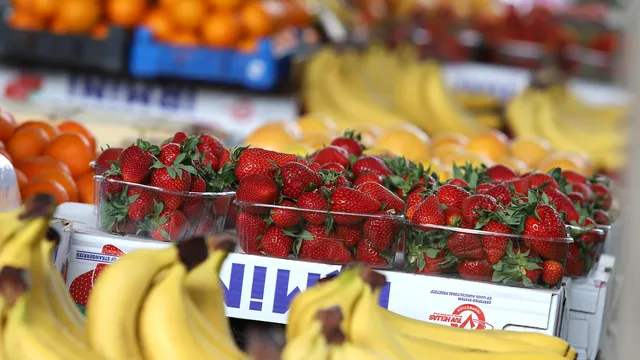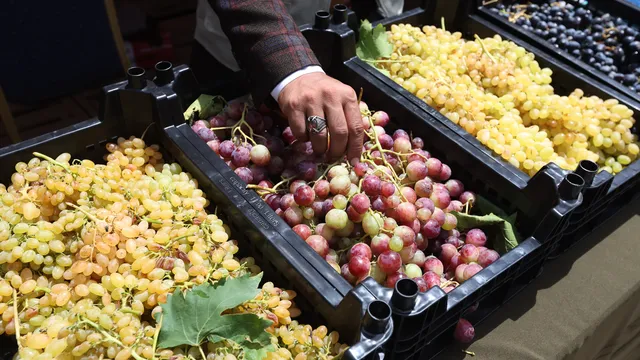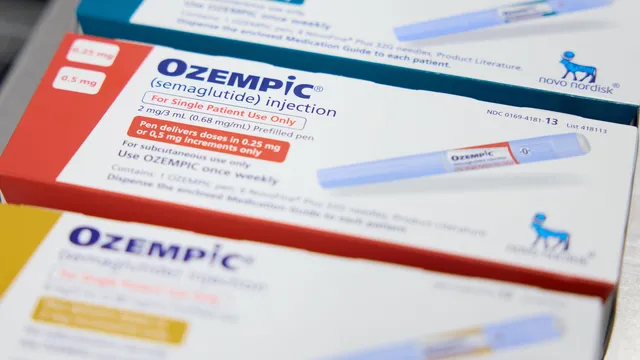Consuming a wide variety of flavonoid-rich plant foods—such as tea, berries, apples, and dark chocolate—may help reduce the risk of serious diseases such as heart disease, type 2 diabetes, cancer, and brain disorders. This is according to a new large-scale study.
The study also suggests that people who include a diverse mix of flavonoid-rich foods in their diet may live longer.
Flavonoids are natural compounds found in many colorful fruits, vegetables, and plant-based beverages. They include common foods such as blueberries, strawberries, oranges, grapes, green or black tea, apples, red wine, and even dark chocolate.
Scientists already knew that flavonoids are good for your health, but this new study highlights something different: it's not just about how much you eat, but how many different types of flavonoids you get from different foods.
The study was conducted by researchers from Queen's University Belfast, Edith Cowan University in Perth, and the Medical University of Vienna and the University of Vienna. It was published in the journal Nature Food. The team followed more than 120,000 adults aged between 40 and 70 for more than 10 years to see how flavonoid intake affected their health over time.
Prof. Aedin Cassidy, one of the lead authors, explained that different types of flavonoids have different effects on the body. Some can lower blood pressure, others improve cholesterol levels, and many reduce inflammation. Therefore, consuming a variety of flavonoids may be more beneficial than consuming only one type of flavonoid-rich food.
Researchers have found that people who consume about 500 milligrams of flavonoids per day have a 16% lower risk of death from any cause, as well as a about 10% lower risk of developing heart disease, type 2 diabetes, and respiratory diseases.
For example, 500 milligrams of flavonoids is the amount you would get from two cups of tea. However, those who obtained this amount from different sources—such as tea, berries, and apples—performed even better than those who obtained the same amount from only one or two sources.
Dr. Benjamin Parmenter, another lead author, said the key takeaway is variety. Instead of drinking only tea, for example, it is better to consume a combination of foods rich in flavonoids. Different foods contain different types of flavonoids, and the body benefits more when it receives a wider range of them.
The study also supports the popular advice to "eat the rainbow," which means including fruits and vegetables of different colors in your diet. Brightly colored foods are more likely to contain flavonoids and other beneficial nutrients.
Prof. Tilman Kuhn, who also worked on the study, said it was the first to show how the variety of flavonoid intake—not just the amount—plays an important role in long-term health.
These findings come at a time when new dietary guidelines are being developed that recommend increasing flavonoid intake.
Dr. Parmenter pointed out that these new results also suggest that variety should be part of those guidelines. Simply adding more colorful plant foods to your meals can make a big difference.
Prof. Cassidy added that this type of dietary change is both simple and realistic for most people. Replacing less healthy snacks with apples, adding fruit to breakfast, or drinking a cup of tea instead of sugary drinks are easy steps that can increase both the amount and variety of flavonoids in your diet. | BGNES

 Breaking news
Breaking news
 Europe
Europe
 Bulgaria
Bulgaria







